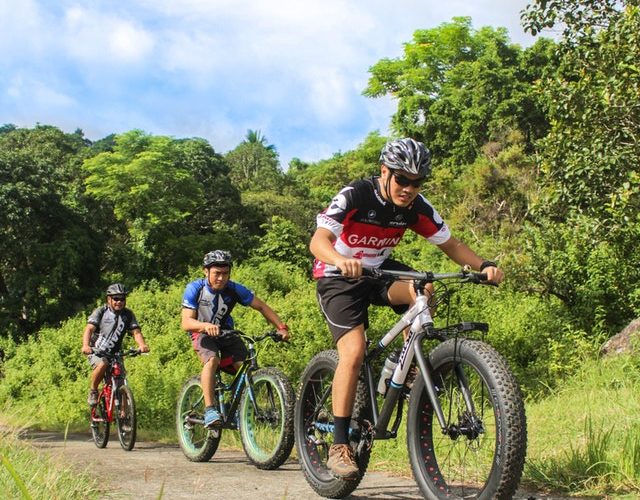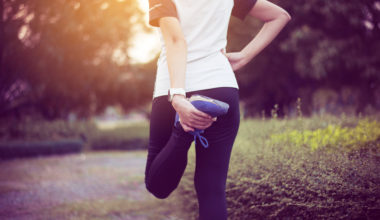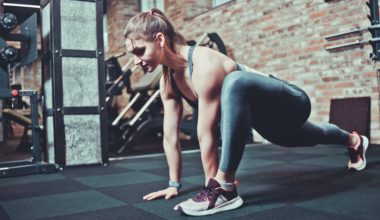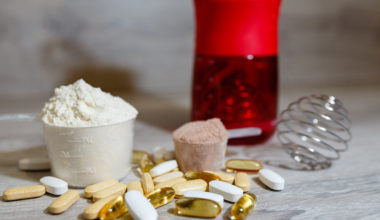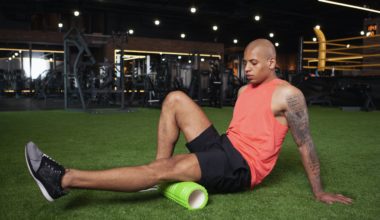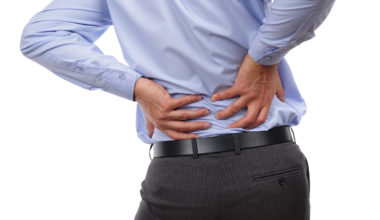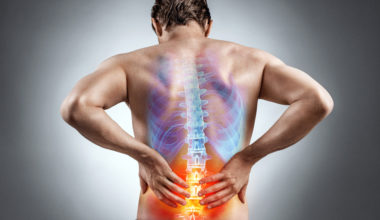No matter which type of sports or workout routine you are into, physical recovery plays a significant role in your performance. This is because your body goes through a series of processes during such activities. When it comes to your muscles, they face break down, tension and pressure during exercise or any sort of constant physical exertion.
Cycling is not only a famous sport but also a wonderful workout. It provides you with a whole body workout, strengthens and tones your entire body. It is extremely beneficial for your cardiovascular health At the same time, because it strains your entire body, muscle recovery is extremely important and if not addressed properly it can not only hamper your performance but also cause serious damage to your muscles.
Scientists and trainers have been researching and experimenting for decades in order to improve muscle recovery, reduce soreness and injuries after such strenuous training. Recovery is considered to be the most significant part of training but many cyclists do not realize this fact and confuse their need for muscle recovery with the need for more training. This worsens their physical condition. We will discuss in detail the tips and hacks for cyclists to help them recover better.
Rest Vs More Training
Many athletes tend to overwork their muscles in an attempt to enhance their performance. Science proves that there is an optimal workout duration for everyone which is unique to your body. You must learn when to stop and for how long. A muscle strain or spasm which you might consider insignificant may turn into something much more problematic if not treated in time. Resting is not only going to allow your muscles to grow and become stronger but also enhance your performance. The right amount of rest between training sessions and at the end of the week will also reduce the risk of injury. Prevention is way better than cure and the more you prevent an injury from happening, the better and longer you will perform. So know when to say no.
Nutrition
Training burns up calories, makes your muscles sore, creates tension in your connecting muscles, and exerts pressure on your joints. All of this means that the energy stored in your body will be regularly depleted in order to fulfill your caloric requirement, repair your muscles and ease strain. That caloric requirement should be addressed on a timely basis with the right nutrition. And the right nutrition is the perfect combination of carbohydrates, proteins, good fat, fiber and natural sugars. Carbohydrates will provide you with the required energy for your training sessions, proteins will speed up muscle recovery and build stronger, better muscles, good fats will protect your heart, and fiber will improve digestion and thus absorption of important nutrients while natural sugars will compensate for your reduced glucose level.
The timing of taking these nutrients is also very important. Carbohydrates are a source of energy which you need before and/or during your training session. Taking proteins before and after your training session is going to help you build stronger muscles and also reduce injury risk. In order to improve muscle recovery and replenish energy stores you should take carbs and protein right after your training sessions. The amount you take them in is also very important. Your trainers should help you with estimating how many calories you burn in one training session and also identify how many carbs and proteins you should be consuming according to your weight so that they ensure speedy recovery.
Hydration
Always keep yourself well hydrated throughout the day and especially while working out. Dehydration can have serious effects on your body. Water plays a significant role in reducing fatigue, improving digestion and speeding up muscle repair. It helps you digest important nutrients that are needed for muscle repair. 75 % of our muscles are made up of water. It also facilitates protein synthesis. Dehydration will result in decreased blood volume which would force your heart to work harder. It also supports recovery of heart rate.
Sleep and Recovery
Sleeping well has a profound effect on your physical as well as mental health. Athletes should be getting at least 9-10 hours of uninterrupted peaceful sleep. This results in speeding up muscle recovery and reducing soreness. Activities such as drinking, eating and working out which can abruptly change the body temperature should be avoided close to your bedtime because they can disturb your sleep cycles. Keep your sleep schedule fixed. Sleeping and waking up at the same time every day will facilitate your deep sleep phase. Training less will not harm you as much as sleeping less would. The latter will hinder muscle recovery, make you feel lethargic and affect your performance.
Foam Rollers & Other Massage Tools
Foam rollers or massage guns can facilitate myofascial release: the release of fascia or in simple terms contracted/shortened connecting muscles which occur due to persistent workout or overload. Foam rollers or massage guns can also be used to relax tight muscles. Cyclists can benefit from using foam rollers and target muscle groups or tendons that are prone to tightening due to excessive usage. Your IT bands, quads, hamstrings and hip flexors are used excessively during cycling so massaging them regularly will improve blood circulation and muscle recovery. Since the muscles of the calves are constantly engaged during pedaling, using a good calf massager can be very beneficial in strengthening the lower body muscles and reducing pain.
Warming-up & Cooling Down
A good warm up before your training sessions will ensure that your body is ready to take all the hammering. It will open up your joints and make your muscles ready. It will slightly increase your body temperature and reduce the risk of injury. Just like it is important to warm up before training sessions, it is equally important to cool yourself down properly. Before finishing your vigorous cycling session, reduce your speed and take a round in this relaxed state. A proper cool down will remove metabolic waste and ensure redistribution of blood to your body so that you do not feel light headed.
